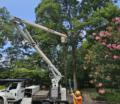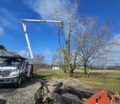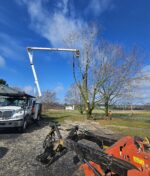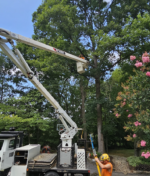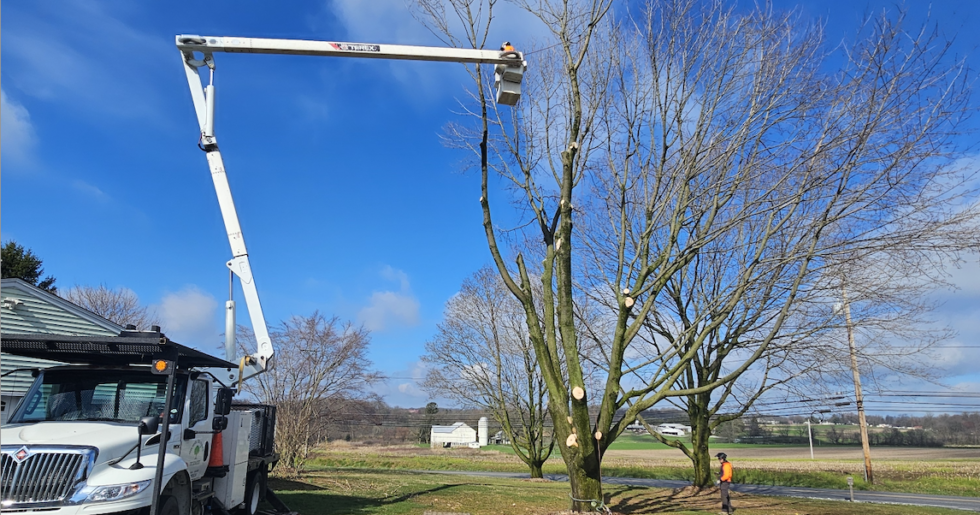
“Lion’s tailing” a tree is a poor pruning practice where the interior branches and foliage of a tree are excessively removed, leaving only a tuft of leaves at the ends of the branches. This gives the branches the appearance of a lion’s tail, hence the name.
This practice is harmful for several reasons:
- Unbalanced Growth: Lion’s tailing leaves the tree with all its foliage at the ends of the branches, making the tree top-heavy and more prone to breaking or splitting, especially in strong winds or storms.
- Stress to the Tree: Removing too much of the interior foliage forces the tree to rely on less leaf surface area for photosynthesis, which stresses the tree and weakens its ability to produce energy.
- Increased Sunburn Risk: With interior branches removed, the bark is more exposed to direct sunlight. This can lead to sunscald or bark damage, which can affect the tree’s overall health.
- Encourages Weak Growth: Lion’s tailing often stimulates rapid, weak growth at the ends of the branches. This new growth can be structurally weak and more susceptible to breakage.
Proper pruning focuses on maintaining the natural form and balance of the tree while improving its health, structure, and safety. Lion’s tailing, in contrast, compromises these principles and can severely affect the longevity and stability of the tree.

